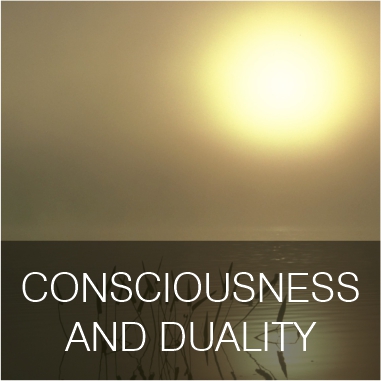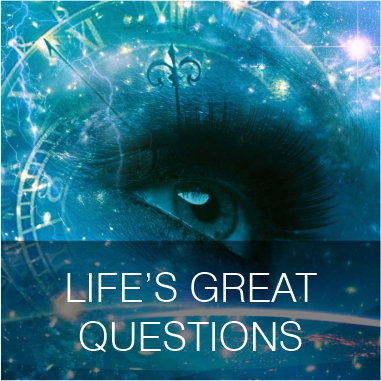– Dr. Jaime G. Corvalan, MD, FACS

The “Seven Sermons to the Dead,” by the renowned psychologist Dr. Carl Jung, are a collection of mystical, Gnostic texts self-published by the doctor during his lifetime (1916) and distributed only to a select few individuals. The Seven Sermons were initially published as an appendix to his biographical work, “Memories, Dreams and Reflections” in 1962, but have since become identified as a summary of his master work, The Red Book, published only recently in 2009.
The Seven Sermons to the Dead refer, essentially, to the spiritually dead, those who lack the self-knowledge of Gnosis. As such, this collection serves as an excellent primer into Jungian psychology and Gnosticism. In essence, the Seven Sermons to the Dead may be summarized as follows:
- The “dead” are the spiritually dead, those who have stopped growing into their authentic, higher selves.
- The spiritually dead no longer question their illusory existence as egos, the facades they project for everyone to see, but instead remain bereft of their true, transcendent identities
- As the spiritually dead no longer pursue the true calling of their souls, they have become, for all intents and purposes, the living dead
The Seven Sermons to the Dead serve as a reminder of the great truths and maxims one will miss if one continues to plod blindly along in this life, avoiding the inner journey we must take if we wish to connect with our transcendent selves.
Because thinking alienates us from our true nature, therefore I must teach knowledge to you, with which you can keep your thinking under control.
- That which is endless and eternal has no qualities, because it has all qualities.
- What you should never forget is that the Pleroma has no qualities.
- We are the ones who create these qualities through our thinking.
- The pairs of opposites are the qualities of the Pleroma: they are also in reality non-existent because they cancel each other out.
– Unknown
We will undertake an exploration of each of the Sermons hereafter.



